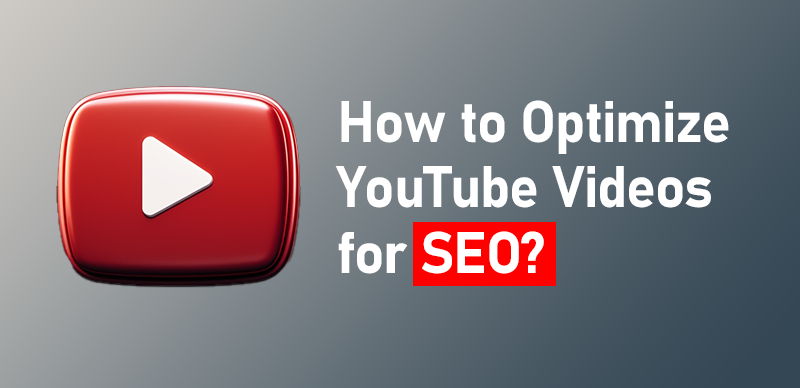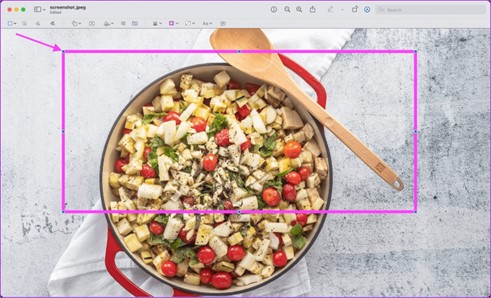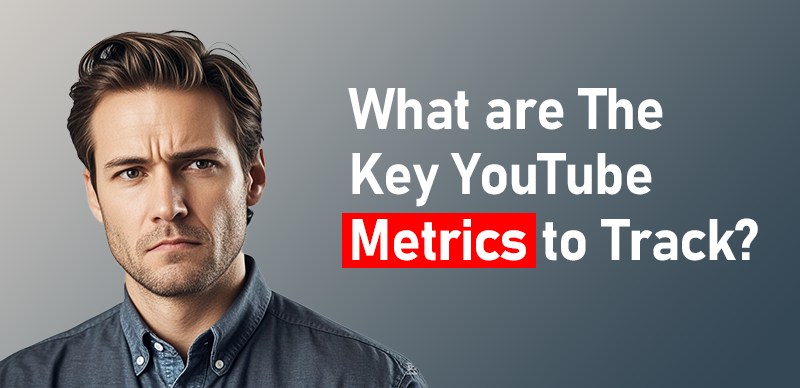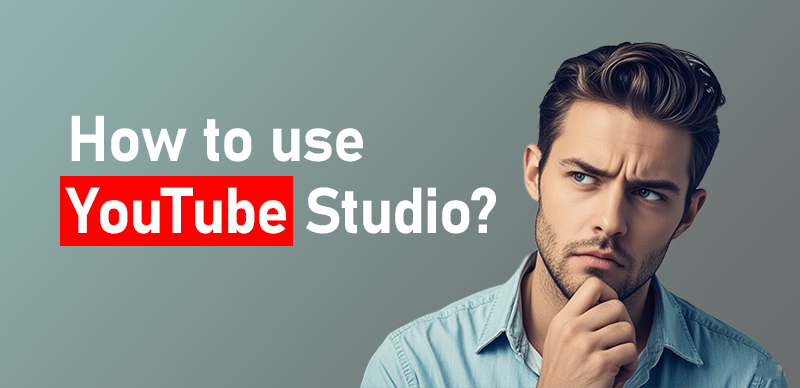How to optimize YouTube videos for SEO?

Last Updated: Sep. 27, 2024 | FEATURED IN: Youtube 103 >
Want your YouTube videos to be recommended? How can you get a higher click-through rate? These are the problems you need to solve first if you want your videos to stand out from the competition. You need to take YouTube SEO seriously as an important course of study.
YouTube is the second largest search engine in the world. Optimizing your videos involves more than just choosing the right content; you also need to make it easier for search engines to find you. Here are some practical tips for optimizing YouTube video SEO from multiple aspects that can help you.

How to optimize YouTube videos for SEO?
1. Keyword Research and Precise Usage
Comprehensive keyword research is the first step in optimizing your YouTube videos. Keywords not only help YouTube understand your video content but also affect whether your video appears in relevant searches.
Tool Recommendation: Use tools like Google Keyword Planner to find keywords related to your content that have high search volume but low competition.
How to Use: Ensure that your main keywords appear in titles, descriptions, tags, and so on. Using long-tail keywords can help you target a more precise audience, such as “How to Burn Fat at Home” being more targeted than “Fitness”.
Practical Tip: Integrate keywords naturally into your content without overstuffing. Too frequent usage can affect the reading experience of your audience and may even lead to penalties from the YouTube algorithm.
2. Title Optimization: Concise and Attractive
The video title is the first factor that prompts viewers to click and also directly affects SEO. An attractive title needs to embed keywords and have a clear appeal to viewers, encouraging them to click and watch.
Core Point: Place your main keyword in the first half of the title, followed by specific, attractive content. Remember that the title should not be too rigid or confusing to the audience.
For example: Instead of writing “Cooking Chicken Recipes,” use “30-Minute Quick and Healthy Chicken Recipes.” The latter is more attractive, has a time element, and indicates a healthy cooking method. It is concise, clear, and to the point.
3. Description Optimization:
In-Depth Information Combined with SEO
The video description is not only used to introduce the content of the video but also helps YouTube understand whether your video is relevant to the viewer’s search. The more detailed your description, the easier it is for your video to be matched with the right audience.

Youtube SEO
Practical Tip: The first 150 characters of the description are the most important and should include your main keyword. Additionally, you can include relevant links in the description, such as links to your website, social media profiles, or other related videos.
Optimization Tip: Use the description to let viewers know what your video can offer them, and don’t forget to use the right keywords. Include calls to action, such as asking viewers to like, comment, share, and subscribe. This not only encourages engagement but also signals to YouTube that your video is valuable.
4. Tags: Precise Coverage of Keywords
YouTube’s tagging feature is an important tool for the platform to understand the content of your video. Choose tags that are related to the theme of your video, including both broad and specific tags.
Practical Tip: Tags should not be vague but as precise as possible, choosing words that are directly related. You can use your main and long-tail keywords and also add popular tags that match the type of your video.
For example: If your video is about traveling in Paris, tags could include “Paris Travel,” “France Travel,” “Eiffel Tower,” and “Travel Tips.” Avoid using too many tags or tags that have nothing to do with your content. The goal is to mix popular tags with long-tail tags (more specific phrases) to reach a wider audience.
5. Custom Thumbnails: The Key to Increasing Click-Through Rates
Thumbnails play a crucial role in video click-through rates. Custom thumbnails are more attractive than those generated automatically by YouTube and can significantly increase click-through rates.
Design Tip: Ensure that your thumbnail image is clear and high quality, using bright colors and clear text. Add a simple text explanation so that viewers can know the content of the video at a glance.
Recommended Size: The thumbnail size should be 1280 x 720 pixels to ensure that the thumbnail looks clear on any device.

Resize The Screenshot
6. Analyze Data and Continuously Optimize
It is important to track the performance of your videos after each upload. Data provided by YouTube Analytics, such as watch time, viewer sources, and interaction rates, can help you further optimize and adjust your content for next time.
Optimization Suggestion: Analyze watch time and viewer drop-off points to identify weaknesses in your video and make improvements. At the same time, observe which traffic sources are most effective and increase promotion to these sources.
Conclusion
By implementing the above strategies and making good use of YouTube SEO, you can increase the exposure of your videos. SEO is a long-term process that requires you to continuously track data and make optimization adjustments. Remember to keep up with the latest trends and best practices in YouTube SEO, and constantly adapt and improve. By persisting in using the practical tips mentioned above, your views and subscribers will grow.


